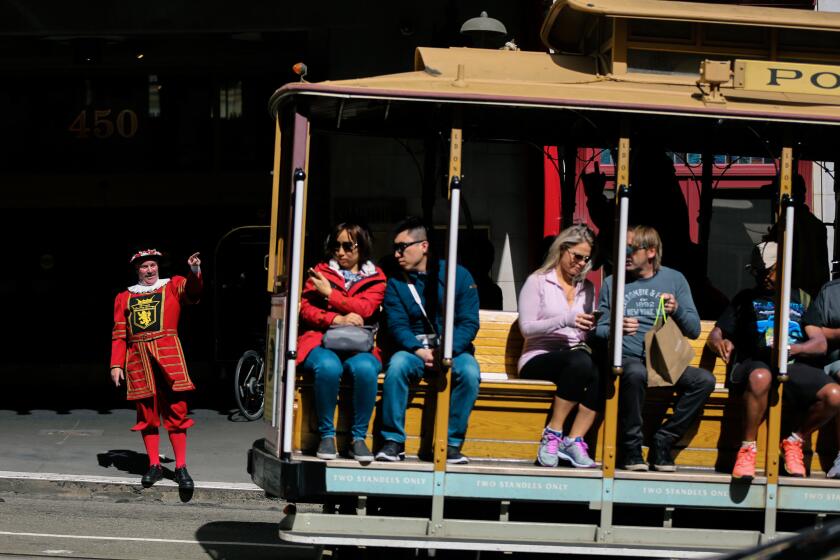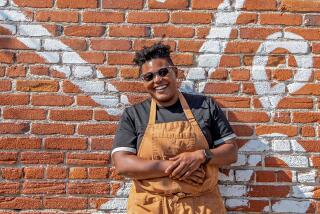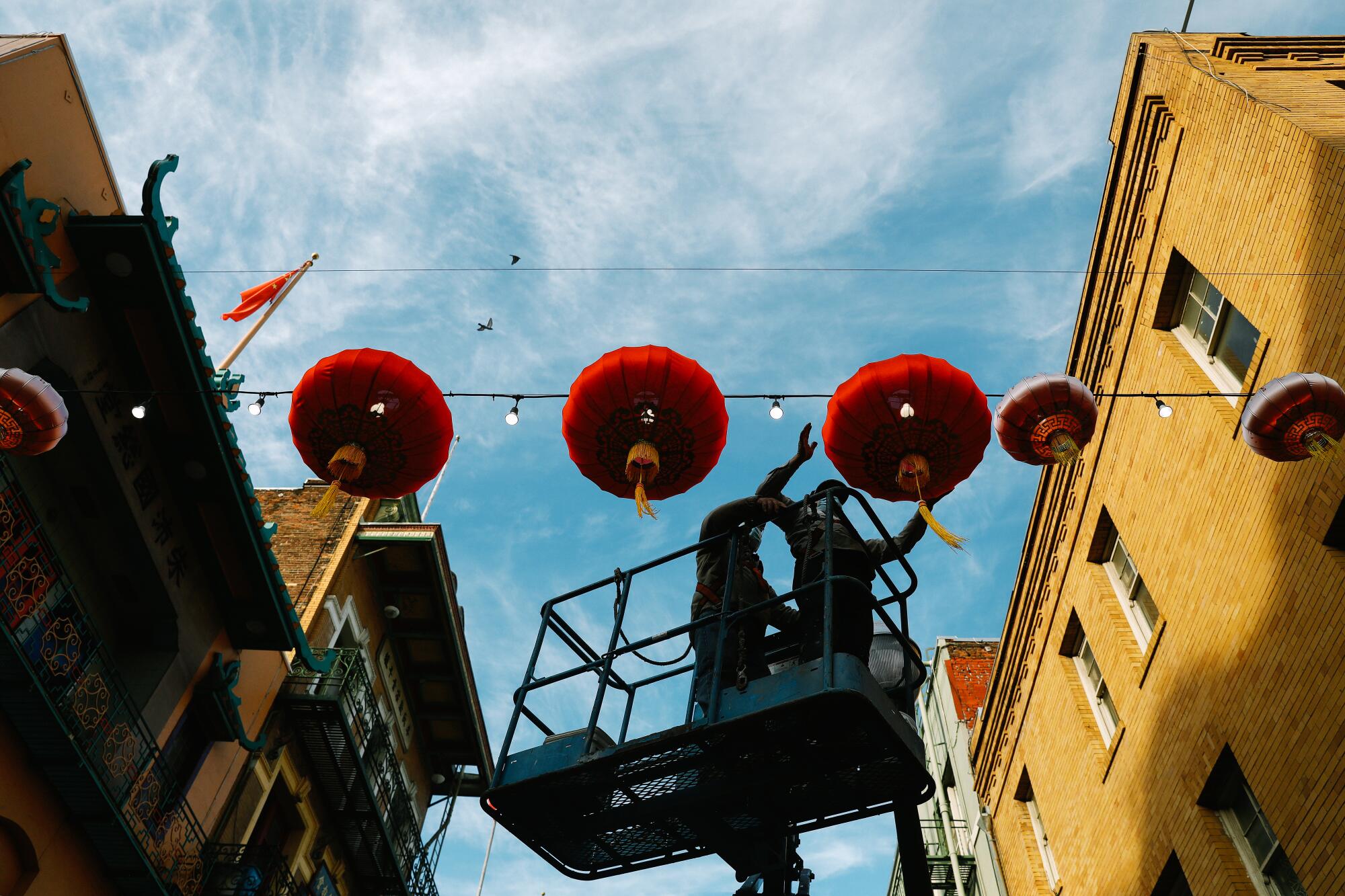
- Share via
Ho Chee Boon, one of the most celebrated chefs in San Francisco, was about to lead me on a walking tour of Chinatown, where his new restaurant stands.
“I want to play my part to bring business back and elevate Chinatown,” he said. “If you see the cover of a book, if it’s attractive and interesting, you will open the book. I want to do this with the restaurant.”
But this was no simple stroll because of COVID, because the neighborhood is changing and because the chef’s impressive credentials are global, not local. As the Year of the Tiger arrives, nobody is sure where this Chinatown is headed.
With Omicron spreading, much is uncertain. If you are planning to travel to the Bay Area soon, these ideas will help you plan and travel with confidence.
If you question the merchants of Chinatown, which amounts to about 24 blocks, many old-timers say an era has ended. Some blame the pandemic and cite rising xenophobia. Some blame Amazon for undermining their bricks-and-mortar livelihoods. Some blame the rising tourist appetite for experiences and Instagram fodder instead of conventional merchandise.
These problems have hobbled Chinatowns across North America, including Los Angeles and New York, and they take on a special resonance in San Francisco, home to this continent’s oldest Chinatown.
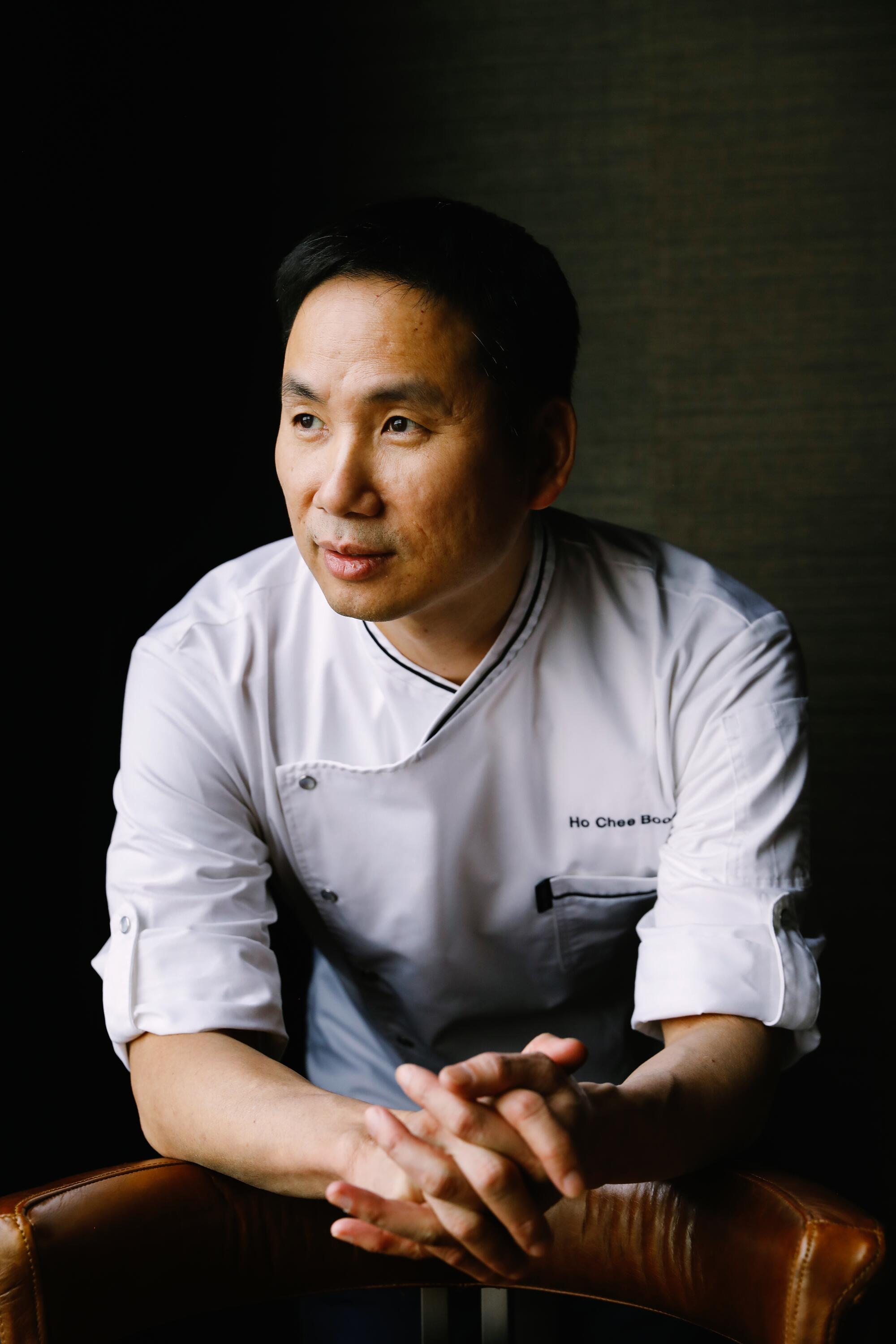
Ho, 48, who grew up in Malaysia and won his Michelin stars far from here, first saw San Francisco in 2011 and moved to the Bay Area only three years ago. Yet he and his new restaurant may be a crucial clue to what visitors will find in Chinatown for years to come.
The restaurant, Empress by Boon, towers over Grant Avenue, Chinatown’s main tourist drag, and in some ways it’s a sequel to years gone by: From the 1960s until its shutdown in 2014, the same building held the Empress of China restaurant, whose sixth-floor dining room was a centerpiece of the neighborhood and of San Francisco tourism — a jacket-and-tie venue where Westerners converged for a taste of the East while prosperous local Chinese American families gathered for association dinners, wedding banquets and red-egg parties to celebrate babies’ milestones.
In California, winter is not just about holiday lights and snow in the mountains. Here are our top 40 picks for wintertime adventures statewide.
Storefronts on Grant Avenue aimed at selling Chinese souvenirs or luxury goods to Western tourists, while Stockton Street served mostly Chinatown residents, many of them recent immigrants living in high-density upstairs apartments and struggling to keep above the poverty line.
These days, the old folks are still playing cards in Portsmouth Square, and you can still check out the production line in the tiny Golden Gate Fortune Cookie Factory (since 1962) in Ross Alley. The Li Po Cocktail Lounge (since 1937) is still serving the Chinese mai tais that tempted Anthony Bourdain a decade ago.
But with international tourism at a low ebb for 22 months — and San Francisco hotel occupancy rates running behind those in Los Angeles and most major U.S. cities — foot traffic on Grant is scant.
“The golden age is gone,” said Stephen Chan, 76, owner of Vy’s Jewelry on Grant. “Half of the restaurants and half of the retail will not come back, the way I look at it.” He sees the new restaurants and shops as a sign that the rich are getting richer.
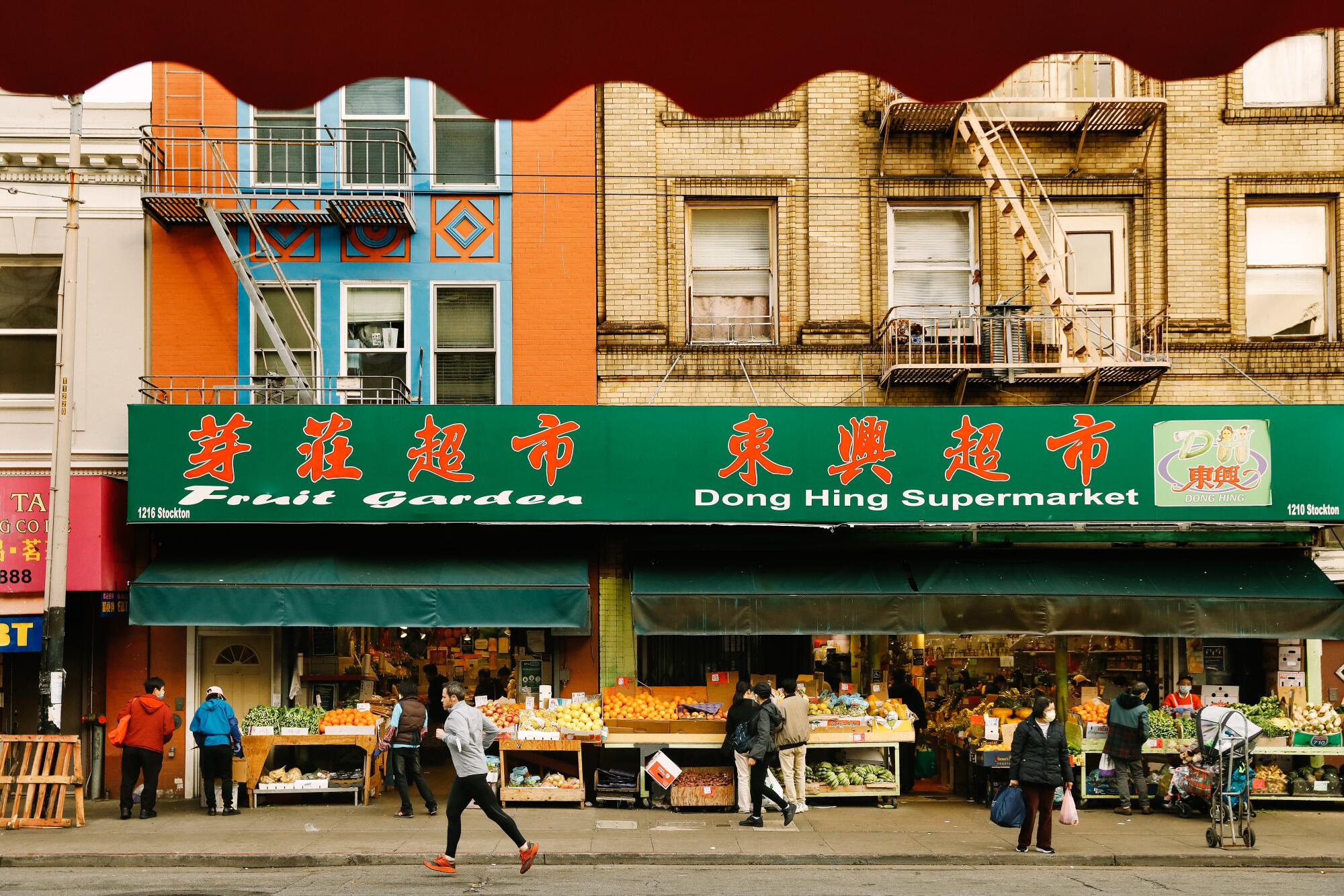
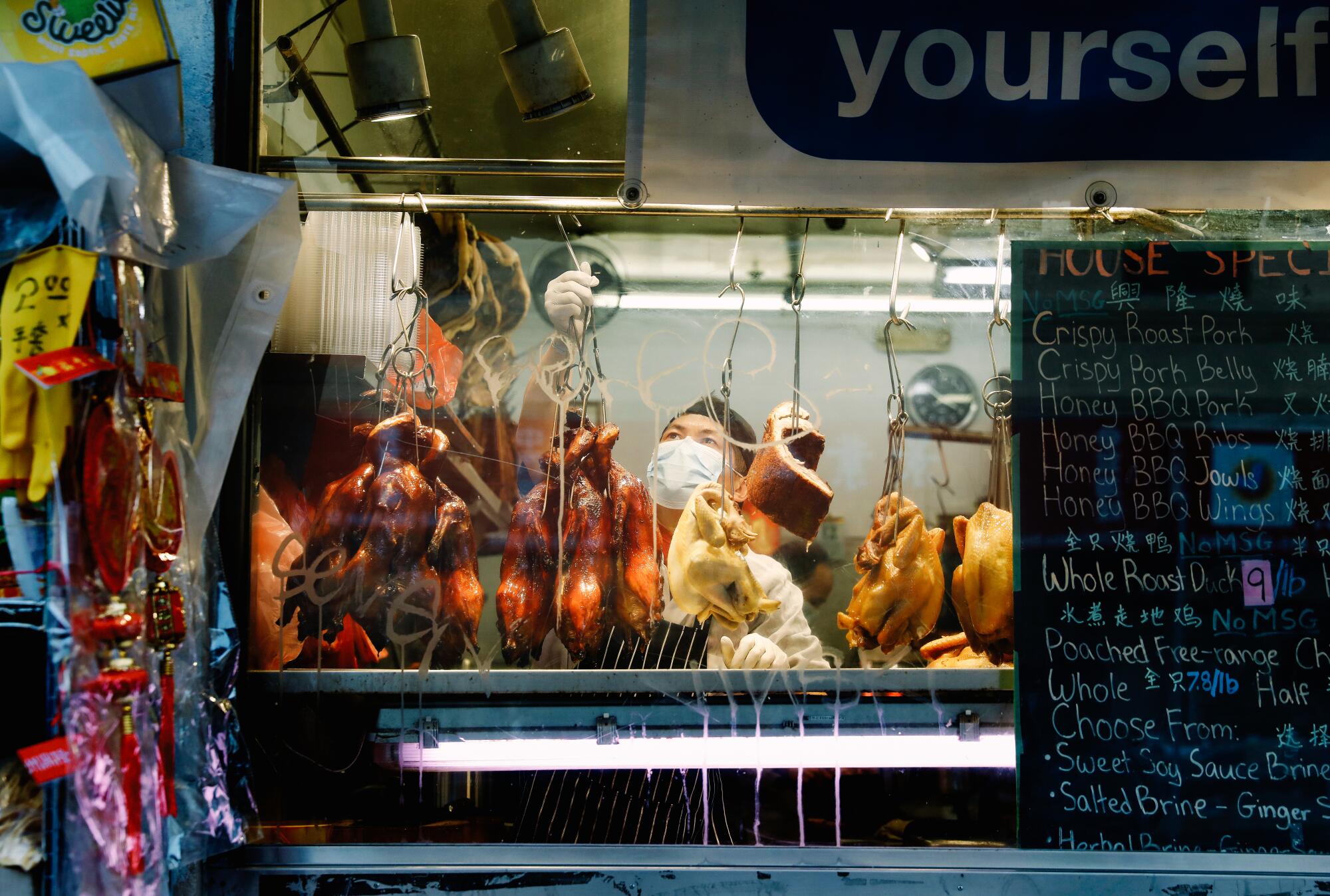
On the fall day that Ho led his tour, we passed signage for several ghost gift shops, some of long standing, some younger, all aimed mostly at tourists: Eternity, Asia Image, Asian Styles, Peking Bazaar — all gone. So are most of the neighborhood’s old banquet restaurants, which served a mix of tourists and locals celebrating special occasions. A handful of those restaurants have been replaced by sleek new venues with younger, hipper, more Westernized customers in mind.
The Four Seas banquet restaurant on Waverly Place, for instance, was replaced in 2016 by upscale, contemporary Mister Jiu’s, joined by its bar, the Moongate Lounge. The executive chef and co-owner, San Francisco native Brandon Jew, has won a Michelin star for his Cantonese cuisine with California inflections.
The Gold Mountain restaurant on Broadway, another favorite among old-timers, was replaced in 2017 by the ambitious China Live, a restaurant, retail and bar space that’s as lively and handsome as any Eataly, and just as dependent on noodles. Downstairs you can get four pork dumplings for $15. Upstairs in the elite Eight Tables dining room, you can get an eight-course chef’s tasting menu for $225 per person.
It’s hard to know where this new year will take us, but here’s one thing we can control: Let’s resolve to thrive this year, and start enjoying life again — safely, of course.
With Empress by Boon, Ho joins this company in the pursuit of a new, younger, more prosperous audience.
He opened the restaurant in June with a $78 prix fixe menu and an Instagram-ready dining room that combines Chinese tradition, contemporary techniques, Western influences, an antique pergola from the old Empress and sweeping views of the city and bay. Many of the restaurant’s ingredients come from its farm in Gilroy.
Other entrepreneurs are chasing their own ideas about remaking Chinatown.
The 97-year-old Great Star Theater on Jackson Street has been reborn as a nonprofit venue featuring music, magic, circus arts and comedy (though its SF Sketchfest comedy show in January was recently postponed because of Omicron worries).
The Lion’s Den, the neighborhood’s first new nightclub in decades, opened in March in a space on Wentworth Place once occupied by the Drag’on A’ Go-Go club.
“We think the future of Chinatown will be more food, more entertainment, more unique cocktail lounges like there were in the 1950s,” Lion’s Den co-founder Steven Lee told the San Francisco Chronicle. “Everything comes full circle.”
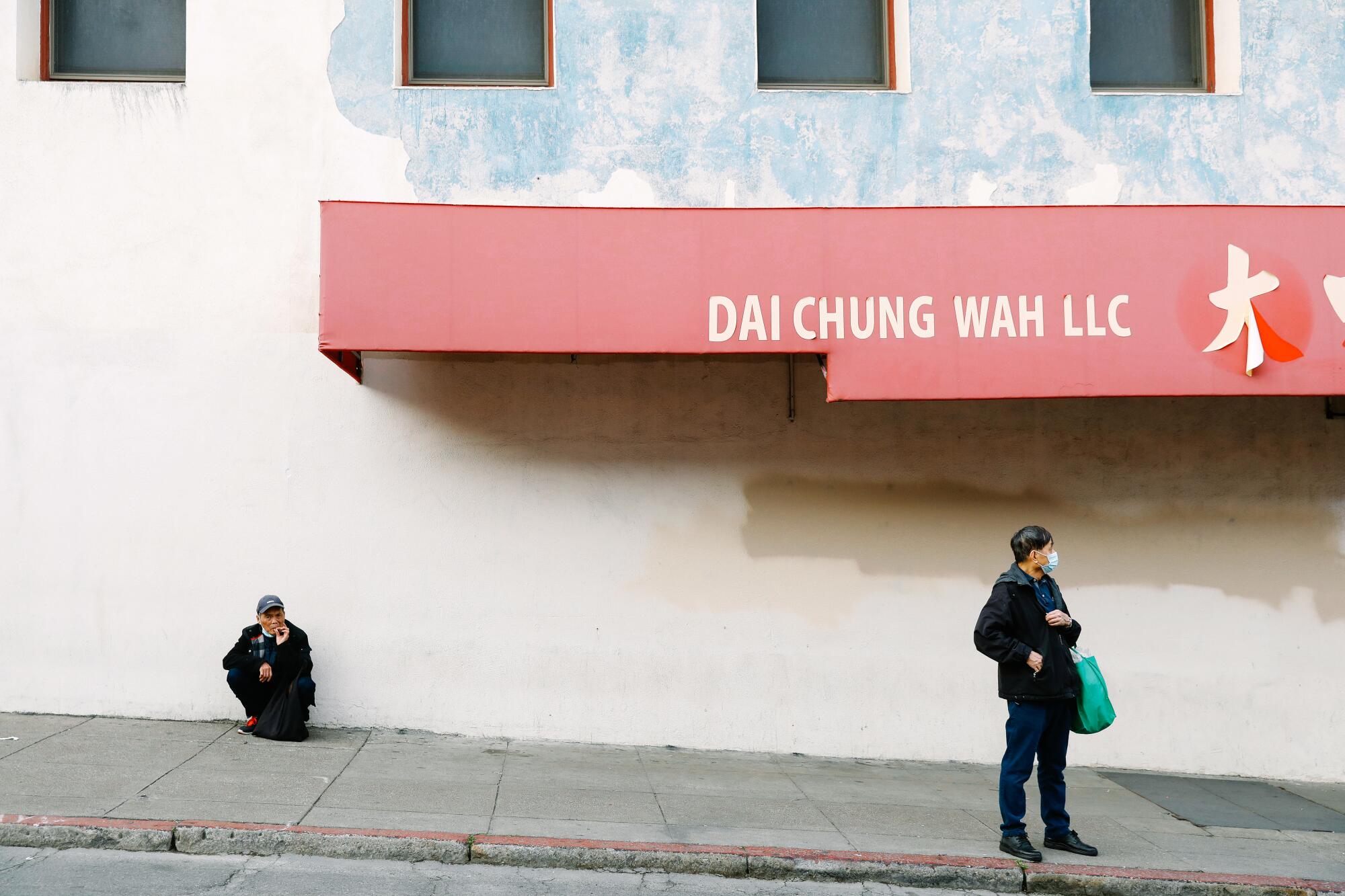
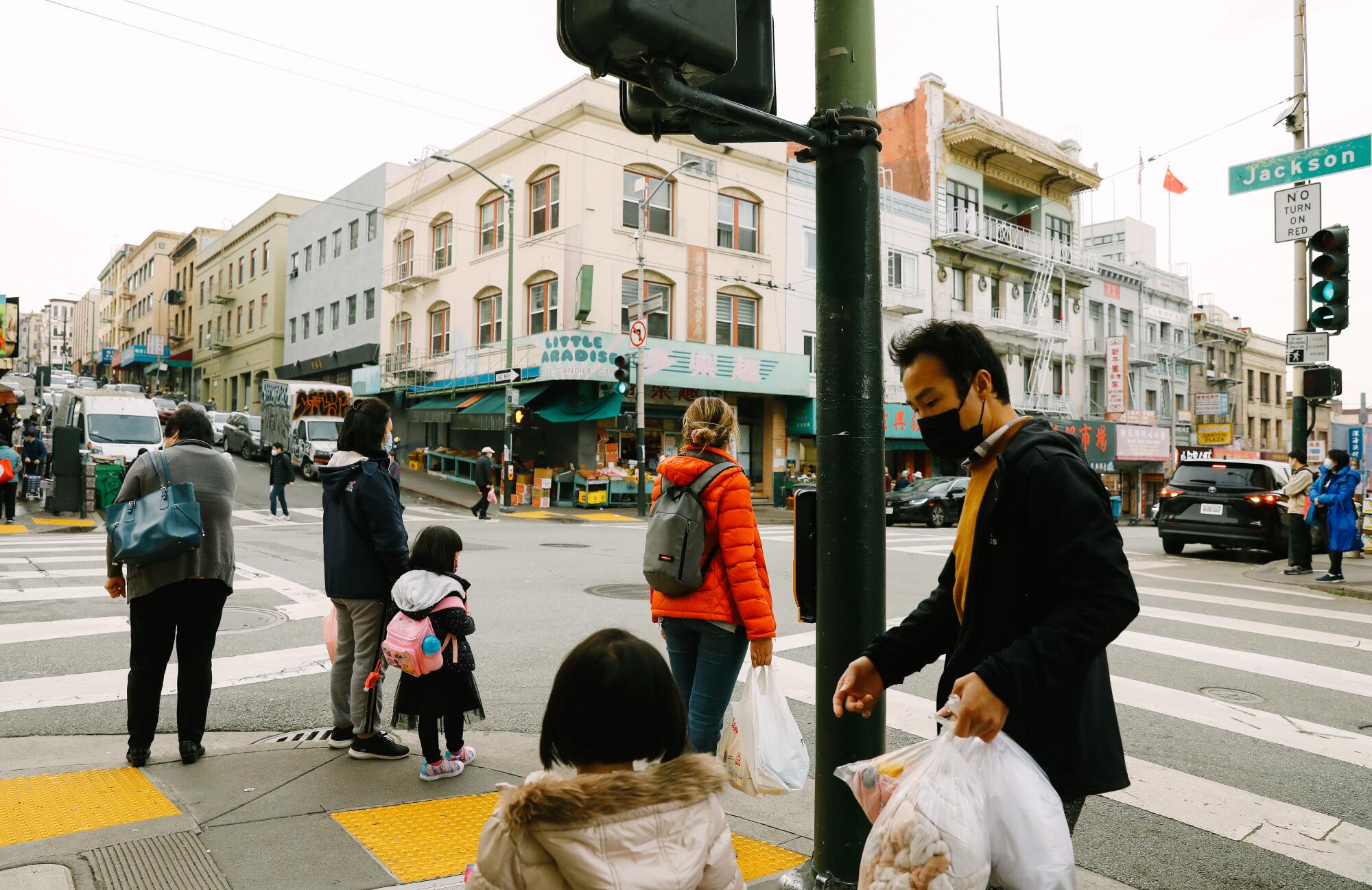
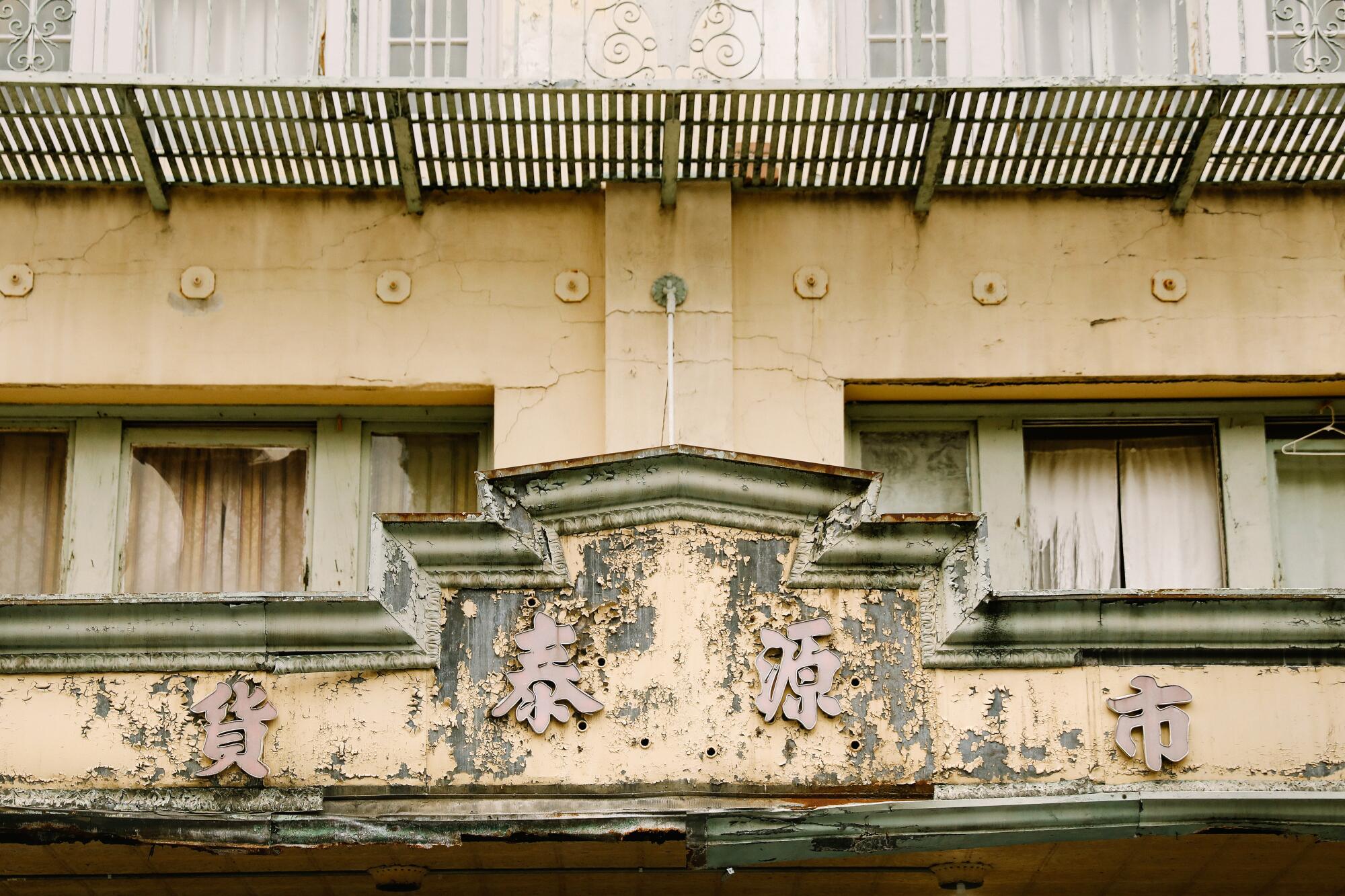
‘Treasures of the Orient’
Since the pandemic began, Eastern Bakery owner Orlando Kuan, 70, has taken to sitting at a folding table on the sidewalk, the better to sweet-talk customers. His business is possibly the oldest bakery in Chinatown and probably the most Instagram-friendly storefront on Grant Avenue (brick building, red and yellow highlights, Bruce Lee mural just around the corner). But his custard tarts, almond cookies and cow’s ear smackles (a traditional Cantonese snack) sell much more slowly now.
“You are the savior,” Kuan told one customer on the day I visited. “You don’t come, we go home.”
At Golden Gate Fortune Cookie Factory, owner Kevin Chan said he’s expecting more Western, more modernized businesses to move in: “It’s not going to be the old Chinatown.” A lot of customers at the neighborhood’s new restaurants “just want to eat and leave. They’re not really into the community. … Luckily, we have a lot of good customers who know us.”
Is the neighborhood less genuine now? How do you define “genuine” in a Chinese community so far from China and so dependent on tourists? And where is the line between authentic and inflexible? When the Rose Pak Democratic Club put together a directory of 36 Chinatown restaurants to help them endure the pandemic, 20 didn’t have websites.
As many a visitor to Fisherman’s Wharf or North Beach can attest, this isn’t the first time a San Francisco neighborhood has puzzled over how to retain its character while ensuring maximum tourist spending.
In fact, you could argue that Chinatown is already a sort of facsimile of itself. When the city was recovering after the great quake of 1906, discrimination against the Chinese was fierce and there was talk of doing away with Chinatown. A Chinatown entrepreneur named Look Tin Eli, backed by Asian investors, led a campaign to rebuild the area as a sort of imaginary Asian cityscape, full of architectural flourishes.
After all, he told backers, San Francisco is “the one spot in the Occidental world where the traveler may feast his senses on all the treasures of the Orient with none of the hardships.”
For more than a century, his plan more or less worked. Now the future is murky again — a ripe time for a neighborhood walk.
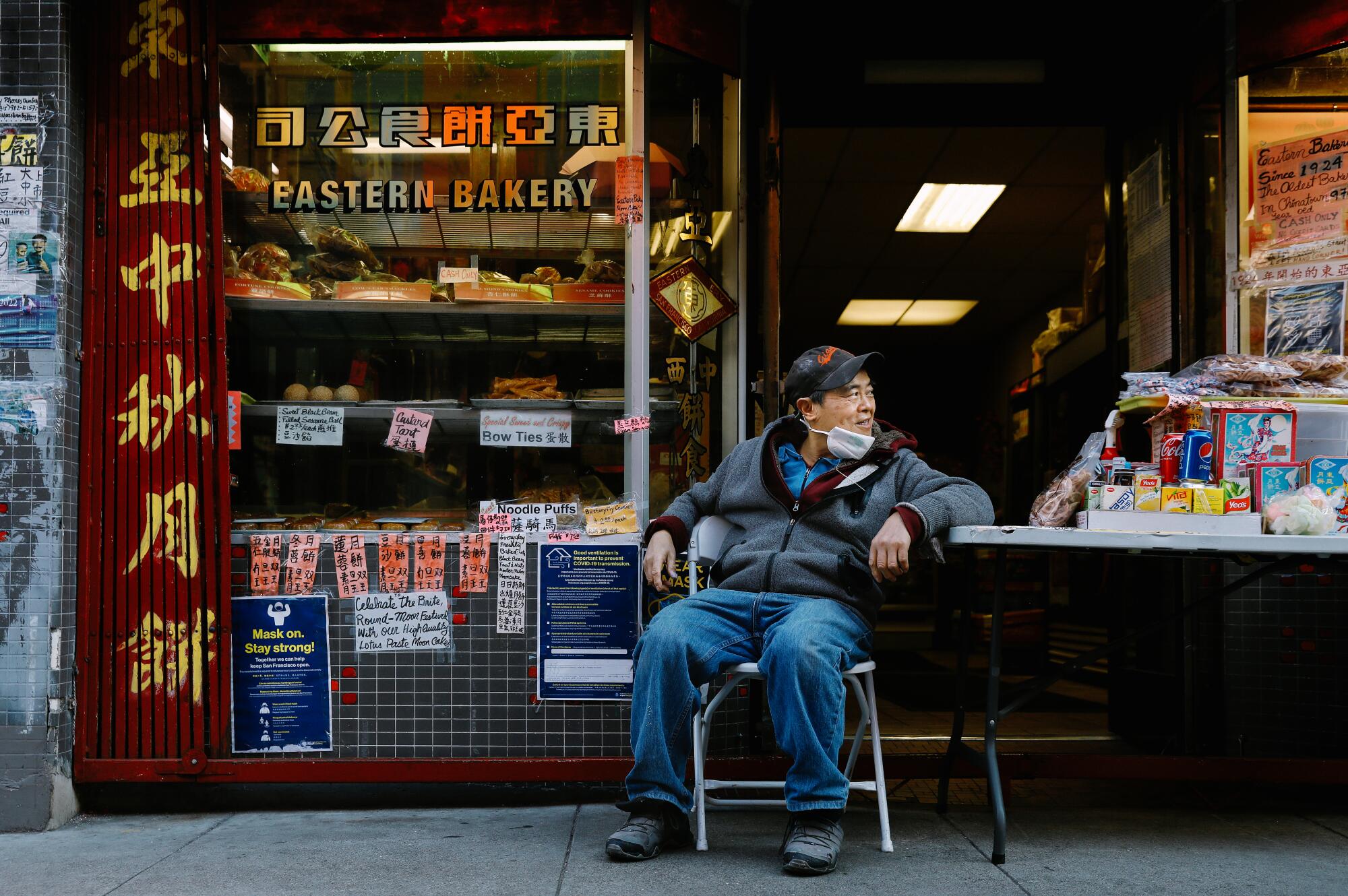

Grant Avenue
It was noon on a weekday as Ho began on Grant Avenue — which, as he pointed out, has never been called that by Chinese-speaking locals. Officially, it was dubbed Dupont Street in the late 1840s, when the city was just taking shape. Then, said Ho, “If I’m not wrong, it changed in 19-something.”
He’s not wrong. By 1908 the entire street had been renamed for President Grant, but Chinese-speaking locals kept calling it Dupont Gai (Dupont Street). More than a century later, street signs and people say Grant in English, Dupont in Chinese.
“You see?” said Ho, pointing up to a sign. “The Chinese character is still the same.”
We passed several closed shops, along with a handful that seemed more energetic, including Kim + Ono, a Grant Avenue kimono and personal-care accessory merchant with minimalist modern displays under bright lights.
“The demise of the smaller shops is not really because of COVID or Amazon. It’s how the economy evolves,” said Ho, speaking of the elimination of steps between producer and retailer. “You just need to pivot. Otherwise you can’t survive. But it’s still important to retain whatever parts of the Chinese culture that you can.”
As we neared the corner of Grant and California Street, Ho spoke mostly in English, occasionally switching to Mandarin (with the help of a translator).
“Before, I was in London, and the Chinatown there is more modern. So this was older than I expected,” he said. Especially impressive, he said, is the Victorian Gothic brick landmark on the corner — Old St. Mary’s Cathedral.
Old St. Mary’s Cathedral
Built as the first Catholic cathedral in California, St. Mary’s went up in 1853-54 on a foundation of granite that was shipped from China. That made it perhaps the fledgling Gold Rush city’s most prominent building. As the neighborhood grew, the church evolved into the first Catholic Chinese mission in North America. Somehow, when the great quake of 1906 came, the brick church survived while most of the city fell or burned.
The church, which has been shored up since then, continues to function, and visitors can step inside to admire its stained glass and imagine the faithful shouldering their way through prejudice, crime and vice to reach this haven. Up on the tower, just beneath the big clock, you can still read these words from Ecclesiastes: “Son, observe the time and fly from evil.”
Nowadays, with tourist traffic and donations dramatically down, the church’s boosters have launched a fundraising campaign to keep the doors open.
Meanwhile, visitors are no longer welcome at the Taoist Tin How Temple, a once-popular tourist site on Waverly Place. Since the advent of COVID, that small, third-story space has been open to temple members only.
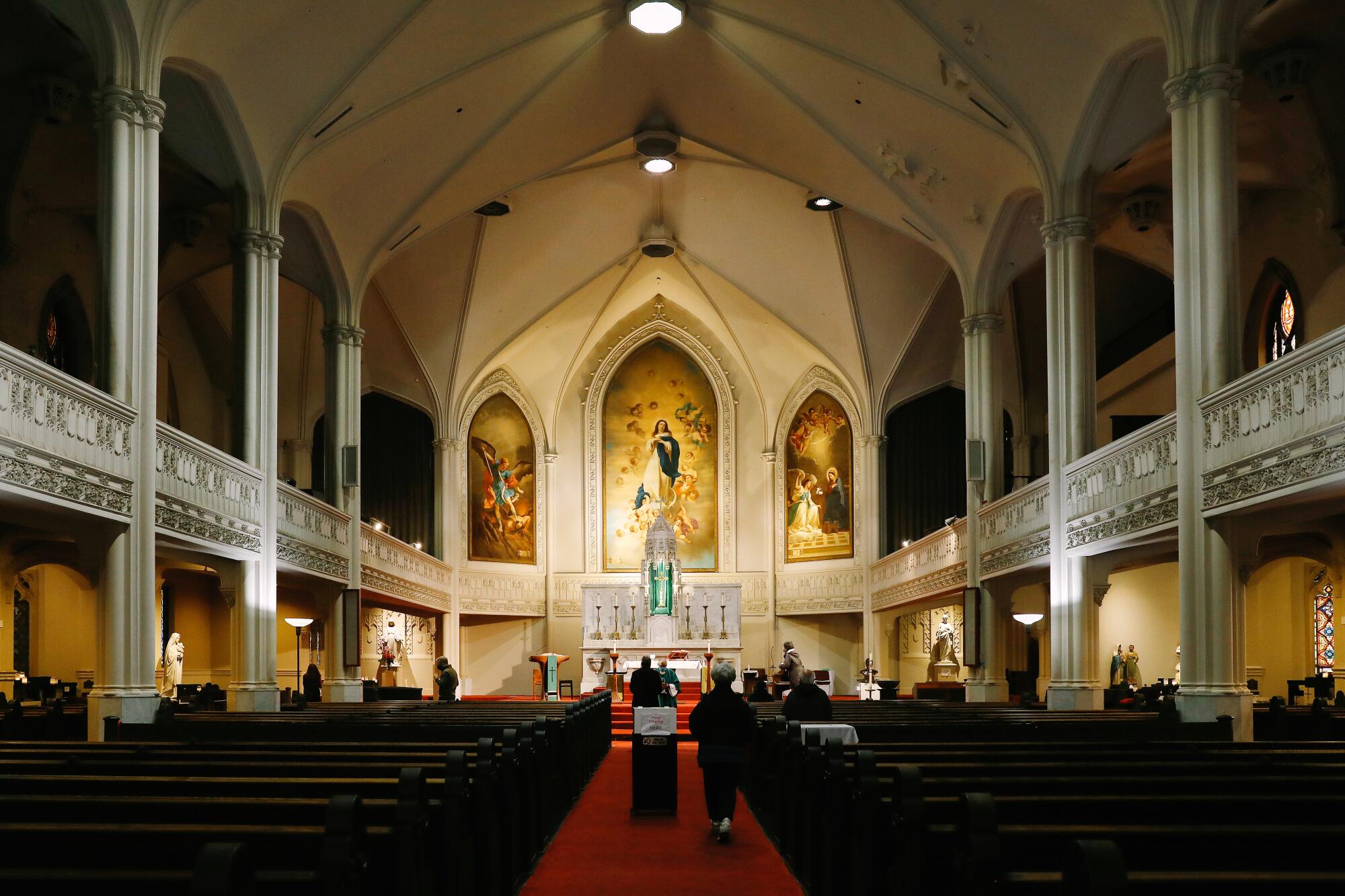
Stockton Street
From the church we turned up California Street, then headed north on Stockton Street, where Chinatown locals do their daily shopping and the street scene looked largely as it did two years ago: fresh produce, aged faces.
Ho bounced from bin to bin like a pollinating bee among flowers, tempted by plump persimmons, peanuts in netting, hills and mountains of onions and greens. He often buys ginger, lemongrass, sea cucumbers and bamboo peas from a handful of suppliers on Stockton, he said, and tea from the Red Blossom Tea Company on Grant.
“This is the cow-ear mushroom,” he said, reaching into another bin. “This red date is from Xinjiang.”
He paused again at a small mountain range of Chinese yams, French beans, white radishes and gnarled tubers.
“Lotus,” Ho said, with affection. “They grow in a very dirty place, the swamp. Yet they grow without taking anything from the swamp. It’s a reflection of my life story. … I always tell my children, if you come from muddy beginnings, you don’t let yourself be tainted by it.”
Ho’s heritage is Chinese but he was born and raised in the small town of Taiping, Malaysia, the eighth of 10 children. Through years of kitchen work in Singapore and London, he eventually arrived as international executive chef of Hakkasan, a global high-end restaurant empire that fuses contemporary Chinese cuisine with Westernized ambiance.
It was that job that gave him a chance to win Michelin stars (at Hakkasan restaurants in London and New York), to open restaurants in Moscow and Bangkok, and to see and taste the global Chinese diaspora. In all, he estimated, he has worked in 26 countries and spent a fair chunk of off-duty time reading up on the roots of Chinese culture.
Still, he added, “I’m a very boring guy. Restaurant and home.”
Now Ho lives about 20 minutes from Chinatown with his wife, son and daughter, from whom he was separated for more than a year because of the global travel shutdown. They’re together again, and he’s still heading to the restaurant every day.
Good Mong Kok Bakery
Good Mong Kok Bakery is in the thick of things on Stockton Street. It’s a crowded, workaday takeaway eatery that’s prized on Yelp and beyond for its buns, dumplings and prices (four beef shiu mai for $3.20). Ho said he especially admires its mantou (steamed buns).
“You see? Long queue every day,” said Ho.
We joined the line. Ho ordered and dealt firmly but calmly with the thrifty counter worker, who wanted to save a few cents by wedging our three orders into a single container.
“I understand her,” he said with a chuckle.
We carried our snacks back to the Empress and rode the elevator upstairs. Wielding a plastic fork, the celebrated chef unwrapped and tasted his shiu mai while gazing down at Coit Tower.
I thought mine was delicious.
“Today, so-so,” said the chef after a moment.
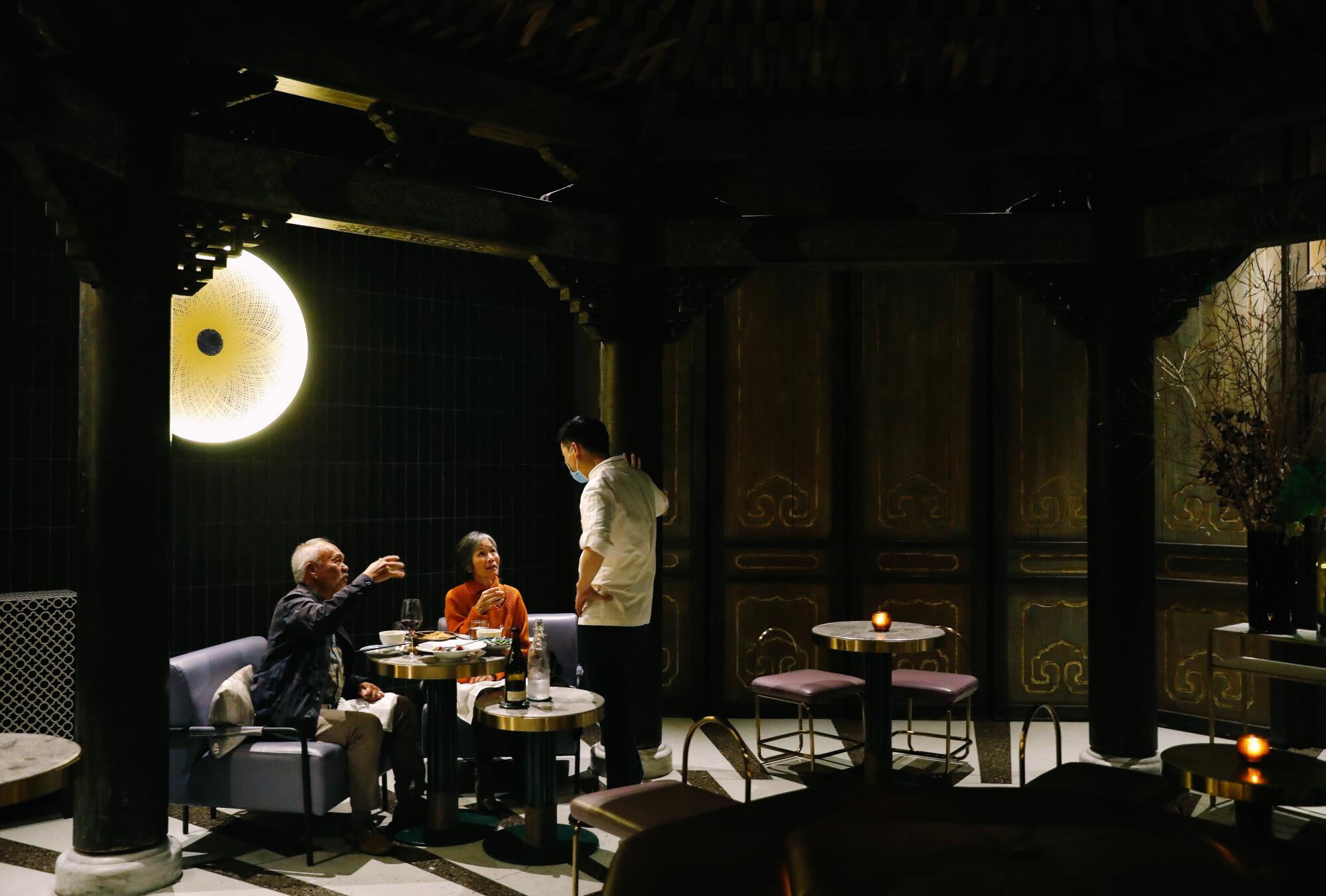
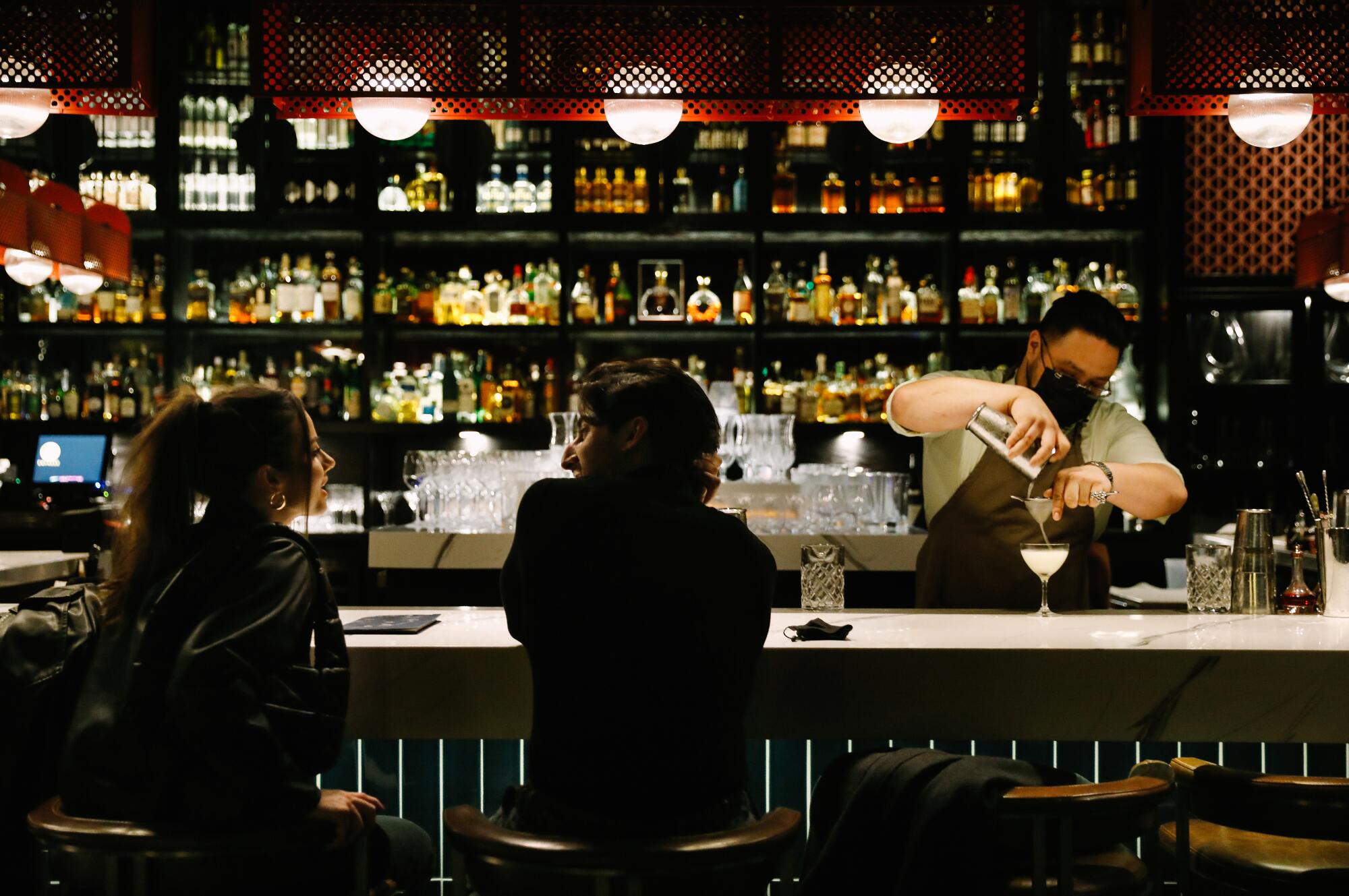

Empress by Boon
Three hours later, Ho was back in his own kitchen, readying the troops for that night’s operation. I was in the dining room with my friend Simon, scrutinizing the five-course menu, the elegant decor, the hushed, purposeful servers.
About 5:15 p.m. as the dining area’s 150 seats were filling fast, our first course arrived.
“No white rice!” said Simon, who grew up eating eight-course family-style meals in the neighborhood’s Cantonese banquet halls, including the old Empress. Usually, those banquets began with a bucket of white rice.
Instead, Ho’s high-end Cantonese menu that day started with a crispy rice puff, a delicate sphere the size of a tennis ball, with Burgundy truffle and shimeji mushrooms. Then — in small servings, precisely arranged — came jasmine-smoked short rib in a steamed bun that reminded me of a soft, thick taco; a Beijing dumpling in vinegar; steamed rockfish in broth with red chile; a stir fry of Brazilian rock lobster and mushrooms; a concoction of Chinese chive flower, bean curd and crispy yam; and finally prawn noodles with XO sauce.
By the time we rose to leave, I was full and happy. Ho had made a circuit of the dining room, greeting guests at just about every table. The skies had darkened outside and the red lanterns above Grant Avenue were lighted but the street was emptying fast.
The restaurant remains busy. Open Table diners have given it 4.5 stars; Yelp diners, four stars. But diners too feel the ambivalence in Chinatown lately.
Empress by Boon “is a restaurant that takes the best of what my people have to offer, and plates it for others,” wrote Yelp reviewer Mindy L., who described herself as a biracial Chinese and white person. “And they do it very well. I feel very sad that it’s not for us. I feel very sad that we lost such an iconic space that WAS for us. But it sat empty for YEARS, and was not claimed by our community, so I don’t blame them. I am not angry. I am not offended. I even love what they are presenting of my culture to others.”
Meanwhile, the changes keep coming.
In addition to the Empress operation, Ho has announced plans to open Duck House by Boon at the Blossom Hotel in Houston in early 2022.
As of mid-January, the city’s Chinese New Year Parade was still set to happen on Feb. 19.
Along Grant Avenue, Brandon Jew’s Mister Jiu empire on Dec. 18 unveiled Soon & Soon Souvenir Shop (731 Grant Ave.), selling coffee, pastries, wine and merch aimed at a new generation of consumers, including “double happiness” bucket hats ($80), glow-in-the-dark Chinatown hoodies ($130), patches, postcards, bike gear and stickers.
Yet day by day, the Omicron numbers worsen. Not long ago, I called Orlando Kuan at Eastern Bakery for an update. He gave me it to me in seven words.
“It’s getting worse,” Kuan said. “But we are still here.”
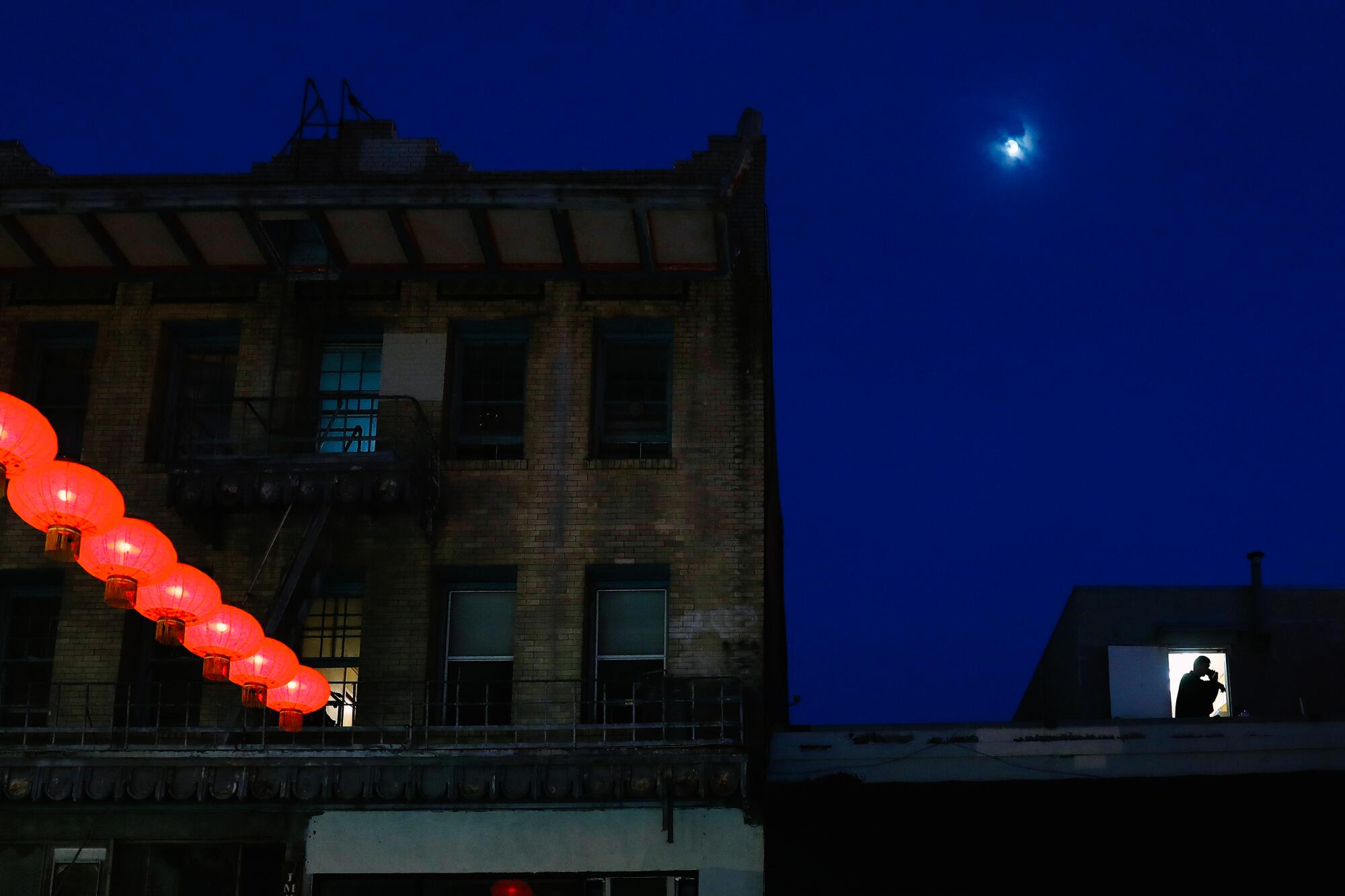
More to Read
Sign up for The Wild
We’ll help you find the best places to hike, bike and run, as well as the perfect silent spots for meditation and yoga.
You may occasionally receive promotional content from the Los Angeles Times.
